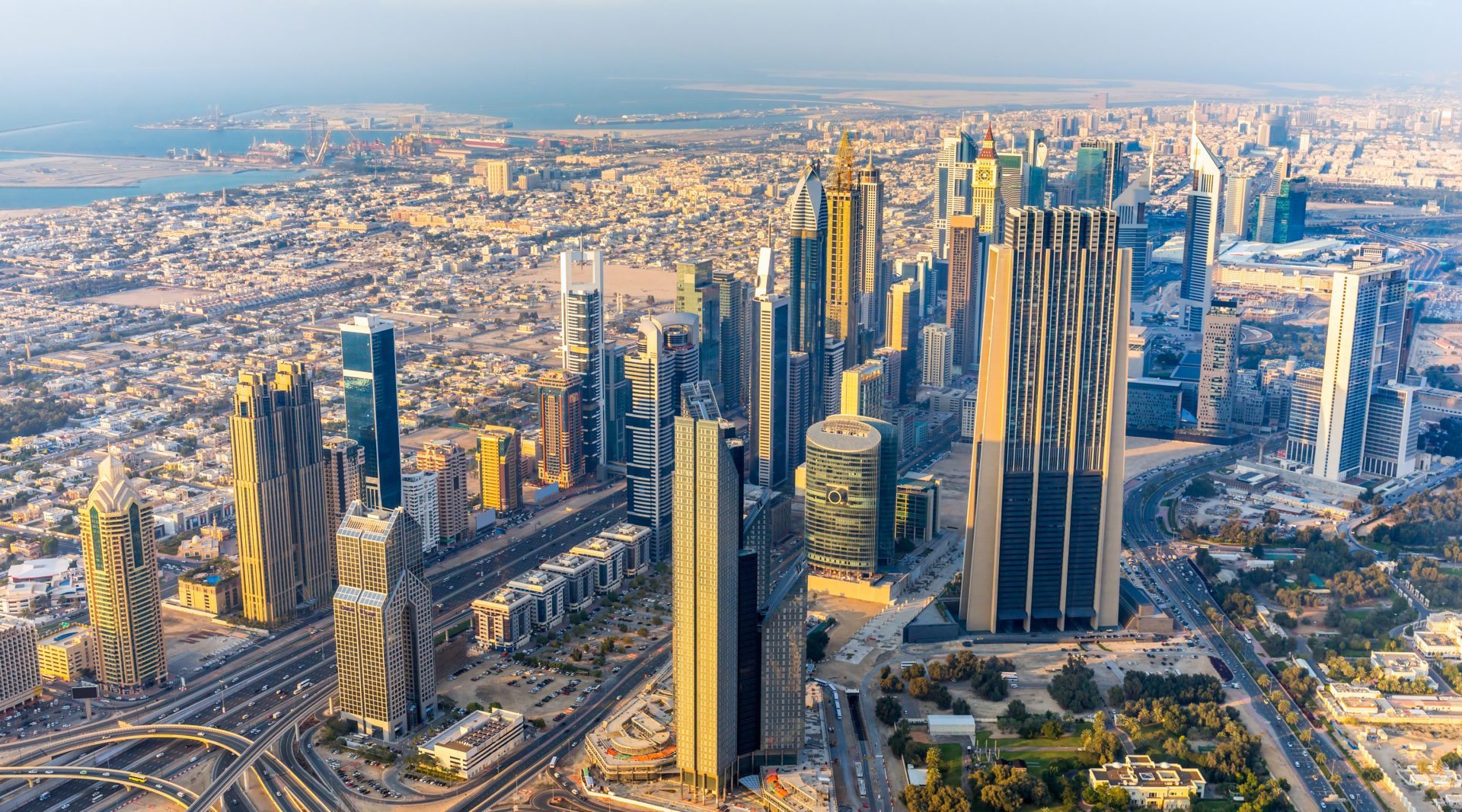

Government revenues declined by $42.7bn in 2015
The UAE is expected to register its first current account deficit in 37 years in 2016.
The latest report and forecast of the Washington-based IMF indicates the countrys current account balance will have a shortfall of $3.17bn during the current year, equivalent to nearly 1 per cent of its nominal gross domestic product (GDP).

UAE current account balance 2000-21 ($bn)
Source: IMF
The countrys current account balance stood at $79bn in 2012, and reduced to $13.5bn in 2015.
Government revenues, mainly from oil royalties and hospitality taxes, declined by 28.5 per cent, or AED157bn ($43bn), between 2014 and 2015 to reach AED393bn. This is expected to drop further, albeit more moderately, to AED324bn in 2016, before easing to about AED348bn in 2017.
With public spending estimated to reach AED453bn during the current year, the deficit is expected to widen to AED129bn, more than twice the figure registered in 2015, or about 10.8 per cent of GDP.
Nominal GDP is expected to decline to $325bn in 2016, compared with $345bn the previous year. This represents a much slower decrease of 6 per cent, compared with 14-16 per cent in 2015. Nominal GDP growth is expected to recover in 2017 to 9 per cent.

Nominal GDP and real GDP growth (2007-21)
Source: IMF
GDP per capita fell by 19 per cent in 2015 to reach $36,060. The decline will continue in 2016, albeit at a slower pace (9 per cent) to reach $32,989, before returning to growth in 2017.
The countrys real GDP is expected to grow at 2.37 per cent in 2016, a significantly slower pace compared with growth of more than 3.9 cent in 2015.
The IMFs latest report and forecast shows the UAEs real GDP is expected to reach AED1.22 trillion during the year compared with AED1.2 trillion the previous year.
Over a 10-year period starting in 2006, the countrys economy expanded the most in 2006, when it registered 9.8 per cent growth, and contracted the most three years later in 2009, at 5.2 per cent, due to the global economic crisis. Since then, annual growth has been averaging 4.4 per cent, with 2012 being the best year, when the economy grew in excess of 7 per cent.
Medium term, from 2016 to 2018, average annual growth is expected at 3 per cent, and slightly higher at 3.2 per cent from 2016 to 2021.
Reforms helping
Past and ongoing structural reforms, such as the phased removal of fuel subsidies, are seen to help ease the impact of lower oil prices to the governments overall revenues.
Monica Malik, chief economist at Abu Dhabi Commercial Bank, told MEED in February that the introduction of fiscal reforms ahead of the recent oil price decline would help the UAE economy stay afloat.
The fact that Abu Dhabi started progressing with reforms, including reducing subsidies on fuel and utilities, is positive for fiscal sustainability, she said. Fiscal consolidation would continue to be a key objective for Abu Dhabi for 2016 and over the medium term.
The IMF has also urged the UAE, along with the other GCC states, to pursue gradual fiscal consolidation by raising non-oil revenues and fully phasing out energy subsidies.
In February, the UAE's finance minister confirmed the introduction of value-added tax (VAT), most likely 5 per cent on most purchases, by 2018. The tax will bring in an estimated AED12bn in the first year, said Minister of State for Financial Affairs Abiad al-Tayer.
Besides the fiscal reforms, the UAE, particularly Abu Dhabi, is expected to address the deficit with drawdowns from its sovereign assets and through bond issues.
You might also like...

Iraq oil project reaches 70% completion
26 April 2024

Samana announces $272m Dubai Lake Views project
26 April 2024

Iraq signs deal to develop the Akkas gas field
25 April 2024

Emaar appoints beachfront project contractor
25 April 2024
A MEED Subscription...
Subscribe or upgrade your current MEED.com package to support your strategic planning with the MENA region’s best source of business information. Proceed to our online shop below to find out more about the features in each package.




